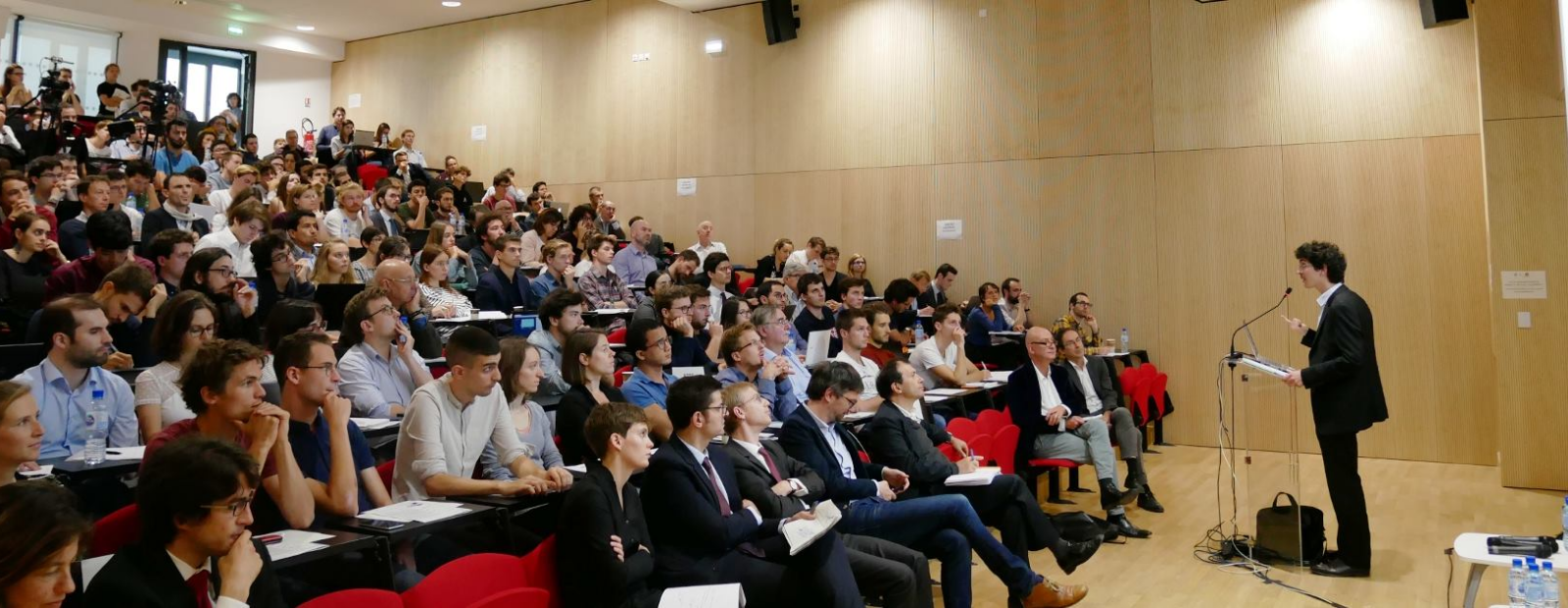Published in
- Senior Researcher
- CNRS
Research groups
Research themes
- Game Theory
- Social and Economic Networks
Contact
Address :Maison des Sciences Eco.,
75647 Paris Cedex 13, France
Address :106-112 boulevard de l’Hôpital
Campus:
CES-Centre d’Economie de la Sorbonne
Publications HAL
-
A dynamic analysis of criminal networks Journal articleJournal: Journal of Economic Theory
-
Degree centrality, von Neumann–Morgenstern expected utility and externalities in networks Journal articleJournal: European Journal of Operational Research
Published in
-
On the design of public debate in social networks Journal articleJournal: Operations Research
Published in
-
The degree measure as utility function over positions in graphs and digraphs Journal articleJournal: European Journal of Operational Research
Published in
-
Diffusion in large networks Journal articleJournal: Journal of Economic Dynamics and Control
Published in
-
Winning coalitions in plurality voting democracies Journal articleJournal: Social Choice and Welfare
Published in
-
The degree ratio ranking method for directed graphs Journal articleJournal: European Journal of Operational Research
Published in
-
-
Ingratiation and favoritism in organizations Journal articleAuthor: Vassili Vergopoulos Journal: Journal of Institutional and Theoretical Economics
Published in
-
k -additive upper approximation of TU-games Journal articleJournal: Operations Research Letters
Published in

